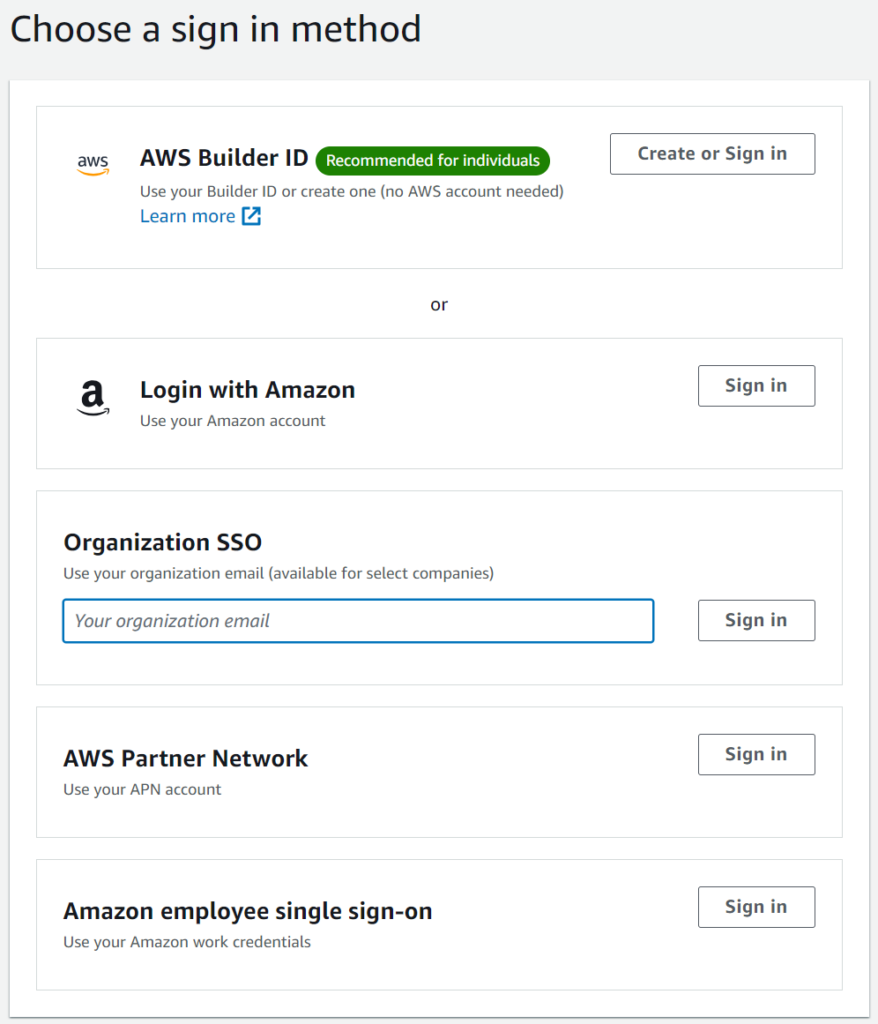Another step forward recently with the announcement that AWS Lambda now supports IPv6 for connections made from your lambda-executed code.
Its great to see another minor improvement like this. External resources that your service depends upon – APIs, etc – should now see connections over IPv6.
If you host an API, then you should be making it dual-stack in order to facilitate your clients making IPv6 connections, and avoiding things like small charged and complexity for using up scarce IPv4 addresses.
However, this is also useful if you’re trying to access private resources with in an AWS VPC.
VPC Subnets can be IPv4 only, dual-stack, or IPv6 only. Taking the IPv6 only approach permits you to provision vast numbers of EC2 instances, RDS, etc. Now your Lambda code can access those services directly without needing a proxy bottleneck) to do so.
At some stage, we’ll be looking at VPCs that are IPv6 only, with only API Gateways and/or Elastic Load Balancers being dual stack for external inbound requests.
Presumably Lambda will be dual stack for some time, but perhaps there is a future possibility that IPv6-only Lambda could be a thing – ditching the IPv4 requirement completely for use cases that support. Even then, having a VPC lambda connecting to an IPv6 only subnet, but with DNS64 and NAT64 enabled, would perhaps still permit backwards connectivity to IPv4 only services. It’s a few hops to jump through, but could be useful when there is very rare IPv4-only services being accessed from your code.

